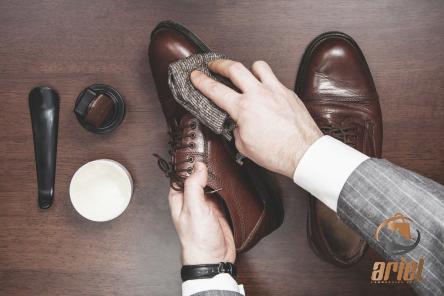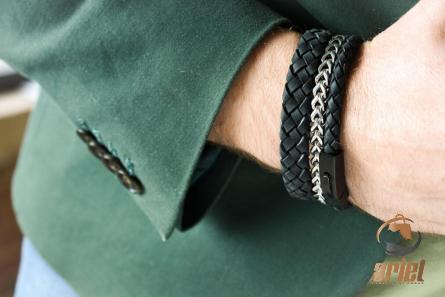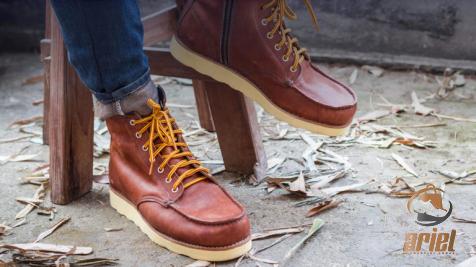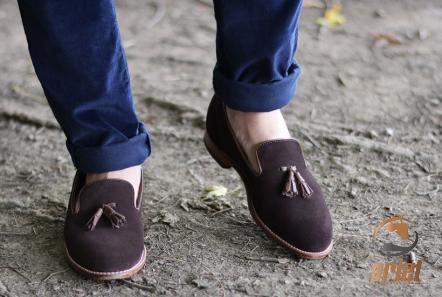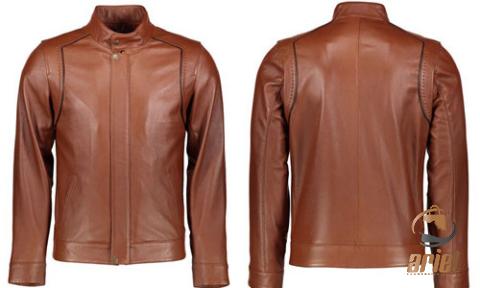Safety Shoes Have Different Standards and Specifications
According to research the most important specifications of safety boots are protection against falling heavy stuff on the foot, anti-slippery, and finally health and hygiene issues, these standards must be taken into account for any type of safety shoe in different occupations and working spaces
To consider protection procedures, a safety shoe must contain a steel toe that is capable of impact resistance of 200 joules
Based on the working space and its potential dangers a good safety shoe must preserve the feet which is the second vulnerable part of the body, from different perspectives
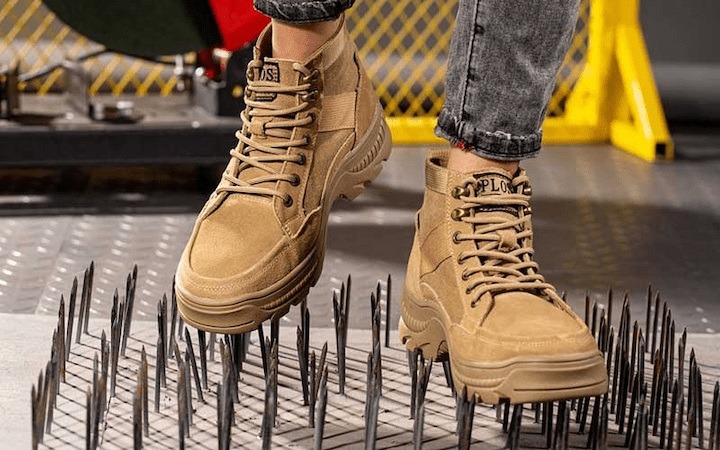
In some working environments, the threat of electricity obligates the worker to wear a type of safety shoe with a dielectric sole
Some working spaces require a type of safety shoe that has a resistant sole against the heat, in some conditions stronger steel toe is required due to the sensitivity of the job
Apart from protection issues, we have to take health and hygiene matters seriously, as we know feet are one of the most important body parts which should be taken care of appropriately
The connection of the feet to body scale must be taken into account seriously, the connection which consists of considerable issues that in case of neglection leads to irreparable disaster
To this end, we have tried to consider all of the safety procedures to produce the best product with all of the global standards
Herewith we intend to discuss some of the standards and specifications for different types of safety boots
EN ISO 20345 Standard Safety shoes with this standard require these specifications: -Resistance against 200 joules by the steel toe -anti-slip sole for flat and greasy surfaces in industrial environments
-back of the shoe has to be sealed completely
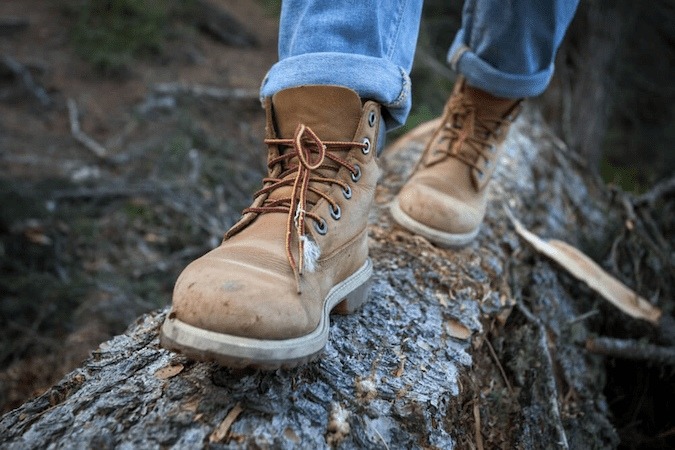
EN ISO 20345 Standard is divided into different parts as follows which are indicated by some particular letters: A: Anti-Static shoes F0: Resistant shoes against hydrocarbon E: Absorption of the energy of the heel and the sole P: Resistance sole against penetration WRU: Upper part of the shoe is resistant to water absorption WR: Water-proof shoes HRO: This abbreviation refers to the resistance of the sole to the heat Hi: Stands for Heat insulation resistant sole Ci: Cold insulation sole C: sole with the resistant charge less than 100kw CR: Resistant sole to cut ESD: Electro-Static shoes SRA: Anti-Slip shoe for ceramic tiles with soap solution SRB: Anti-Slip for steel with greasol
Safety Shoe Specification
It is crucial to know the specifications of an appropriate safety shoe to choose the proper shoe with certified standards
One of the key features of safety shoes is the resistance to 20kg weight of steel dropped from a one-meter distance
In other words, the steel toe must have the resistance to 200 joules of kinetic energy
In addition to safety, a worker needs to wear comfortable shoes as we are aware that workers may use safety shoes for a long time
The substances used in the shoe must be resistant to water and heat, more importantly, they must feel comfortable
A safety shoe with all the standards must be flexible and take the recoil of the heel
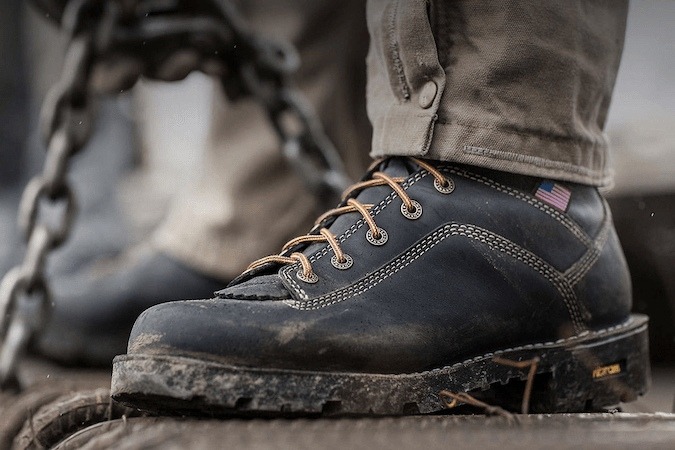
Another important matter to discuss is the durability of the product, as we understand these types of equipment such as safety shoes require good maintenance as they are used constantly, and they are being worn out all the time
This is the main reason that these types of safety shoes are made of buffalo or cow leather to have maximum durability and lifetime
Industrial fire accidents are potential in every related working space, a safety shoe must be made of standard raw materials which are resistant to chemical substances, and have great protection against sharp pieces of metal and other dangerous materials which could harm the feet in case of lacking the required certifications and standards
Knowing a proper safety shoe, now we discuss some of the safety shoes on the market
Safety Boot Ratings
SB SB class or safety basic shoes have steel toe caps for protection against 200 joules impact
These types of safety boots may have additional options that are shown by their special symbol
For instance, SB-P indicates that the product has resistant to the penetration option as well
This class of safety boots are more affordable and are used mostly for basic activities as the name conveys
S1 These types of safety boots have steel toe protection, anti-static protection, resistance to fuel oil, and energy absorption in the heel
Additional options may be acquired as above mentioned
S2 Steel toe protection, anti-static, resistant to fuel oil, energy absorption in the heel, and water-proof
S3 This class of safety boots has all the specifications of the S2 series in addition to midsole penetration resistance
S4 An example of S4 safety boots are wellington boots, they have all of the specifications of the S1 tire, in addition to the molded polymer, and are water-proof and leak-proof
S5 Steel toe protection, anti-static, resistance to electricity, water-proof, this class of safety boost are the most protective tire which is mostly used in laboratories, working spaces with a high degree of temperature
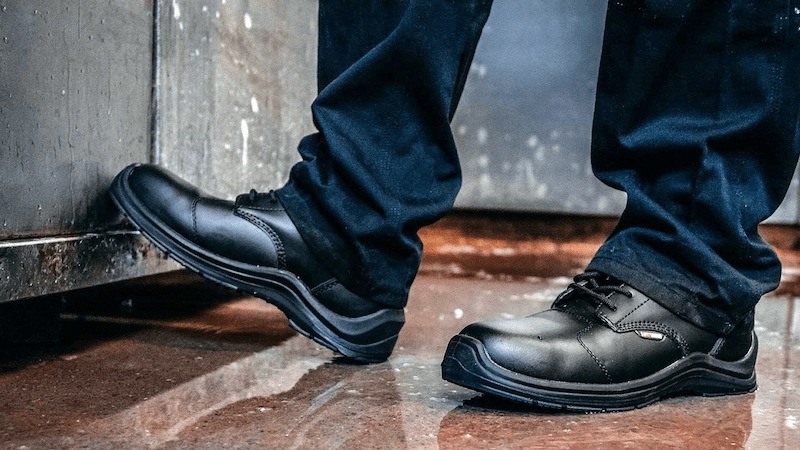
S1P Safety Shoes This type of safety shoe is suitable for dry places, in other words, exposure to oil and such substance will wear out the shoe
S1P shoes are mostly used in construction working spaces, they are more affordable compared to other types of safety shoes, usually, construction companies that are looking for good quality safety shoes with affordable prices get to choose this type of safety shoes
For choosing this class of safety shoes we should pay attention to the ‘S’ mark on the product
This type of safety shoe is resistant to penetration which is indicated by the “P” on the product
The anti-static option is required for this class of safety shoes which is shown by the “A” symbol on the product
This class of safety shoes requires energy consumption in the heal which Is indicated by the “E” symbol on the product
The upper part of the shoes must be waterproof, this feature is shown by the “WRU” symbol on the product
